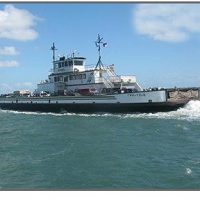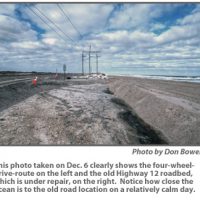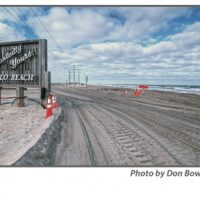
The North Carolina Department of Transportation’s Ferry Division will run an amended schedule at its Cedar Island-Ocracoke, Swan Quarter-Ocracoke, Cherry Branch-Minnesott Beach, Southport-Fort Fisher and Currituck-Knotts Island routes Dec. 24-26 as a costs savings measure. The Bayview-Aurora route will not run an amended route, because of the need to provide service for workers at the […]
Local News | Full Article










